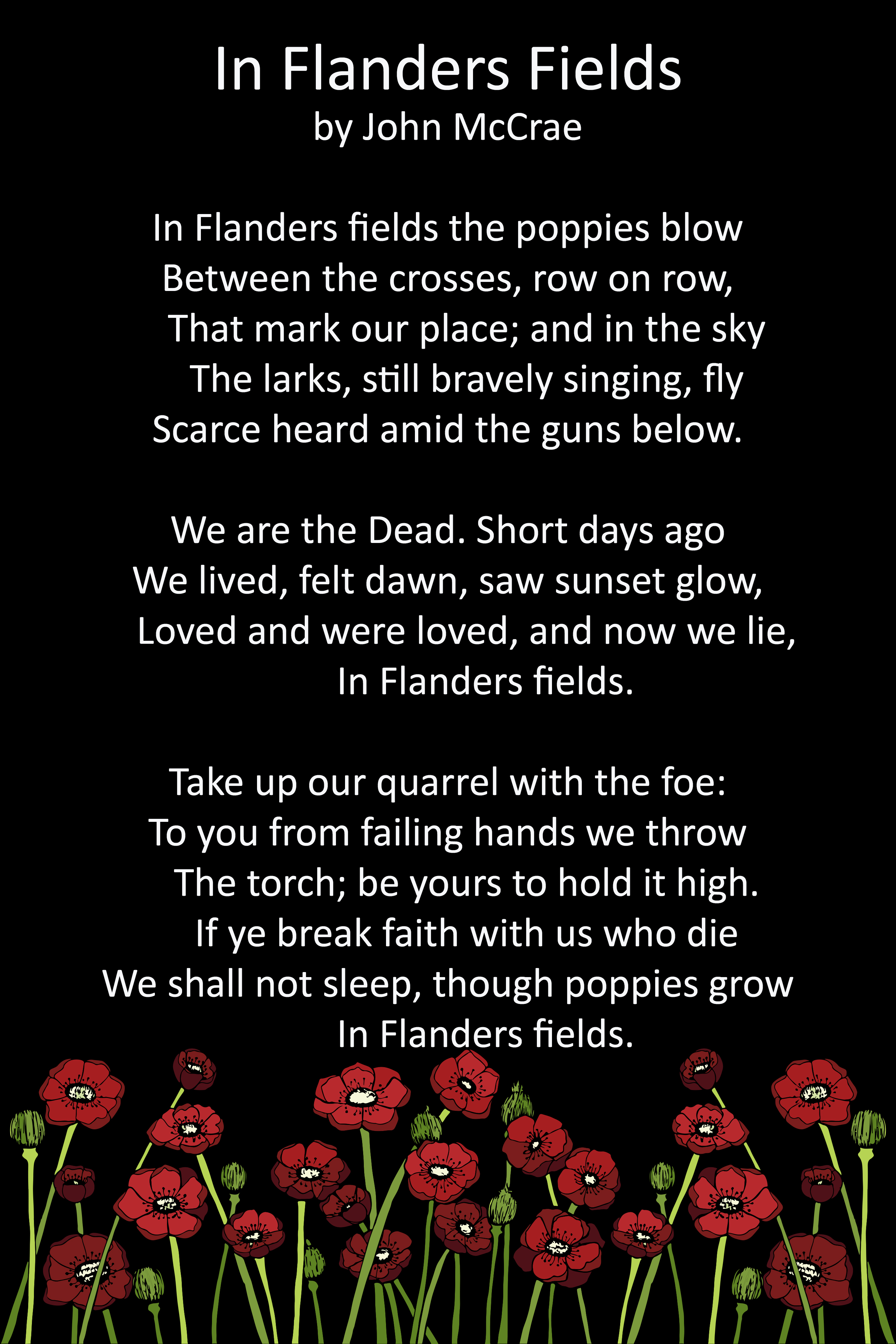In memory of
Private Harold Stanley Glynn
(1895-1917)
Glory to thee, as you march to Arras
Towards foreseen doom, into the unknown.
A battle too far, man to the slaughter
Bodies falling, sprits rising. Cannons blown.
Glory to thee, as you try to advance
Clouds made of smoke, the thunder of guns.
The rain that falls, not of water but blood
The women back home, losing husbands and sons.
Glory to thee, as you lay down to die
Your bodies giving up, so we might live.
Battlefields bathed in your blood
The ultimate sacrifice you could give.
Glory to thee, your spirt lives on
To the ghosts of Arras, and all of WWI
For the sacrifice you gave in that fateful battle
The lives you gave, can never be undone.
Glory to thee, as we all look back
Remembering your brave acts
For all the ghosts of Arras
And all the fallen, a poppy we bring.
(© Donna Siggers)

